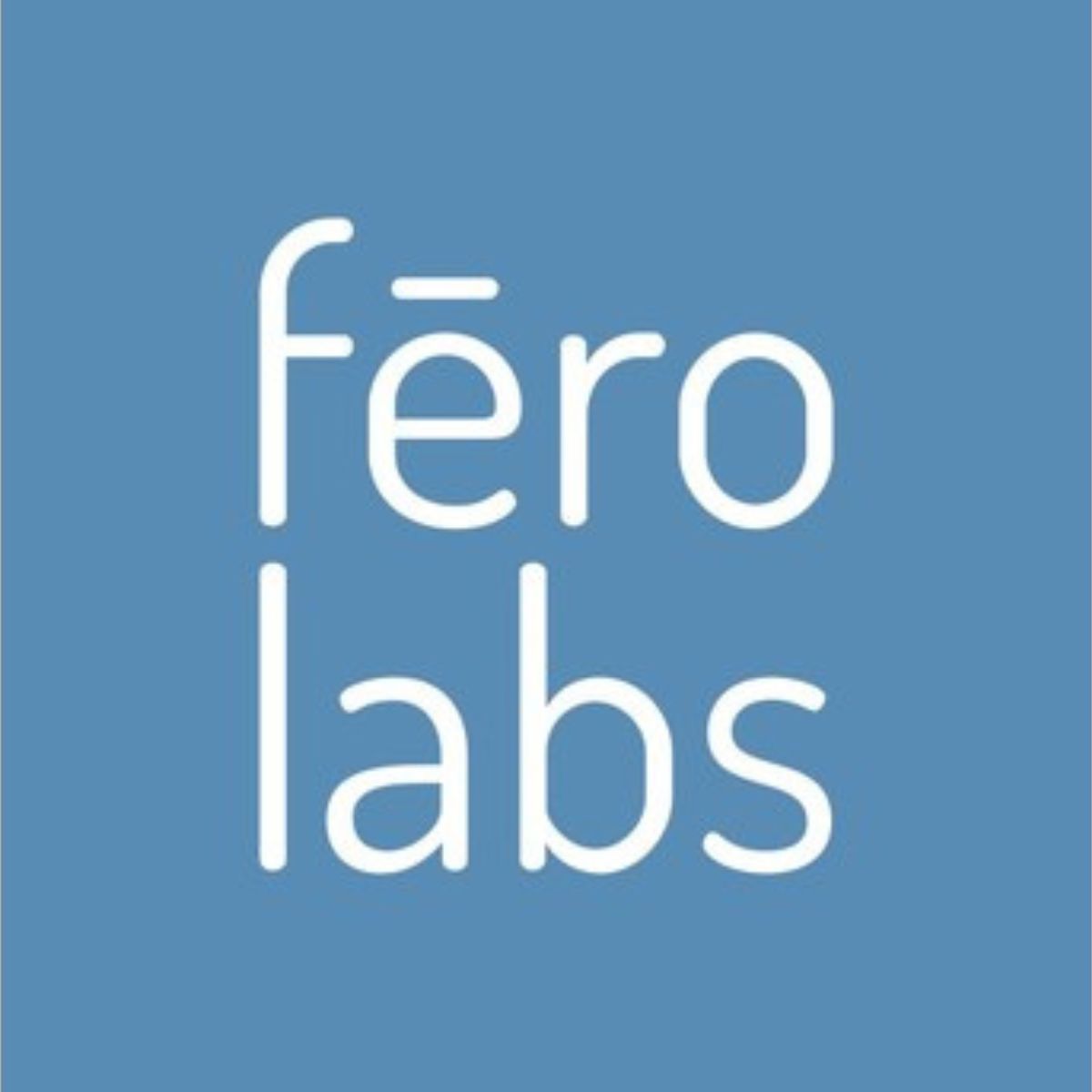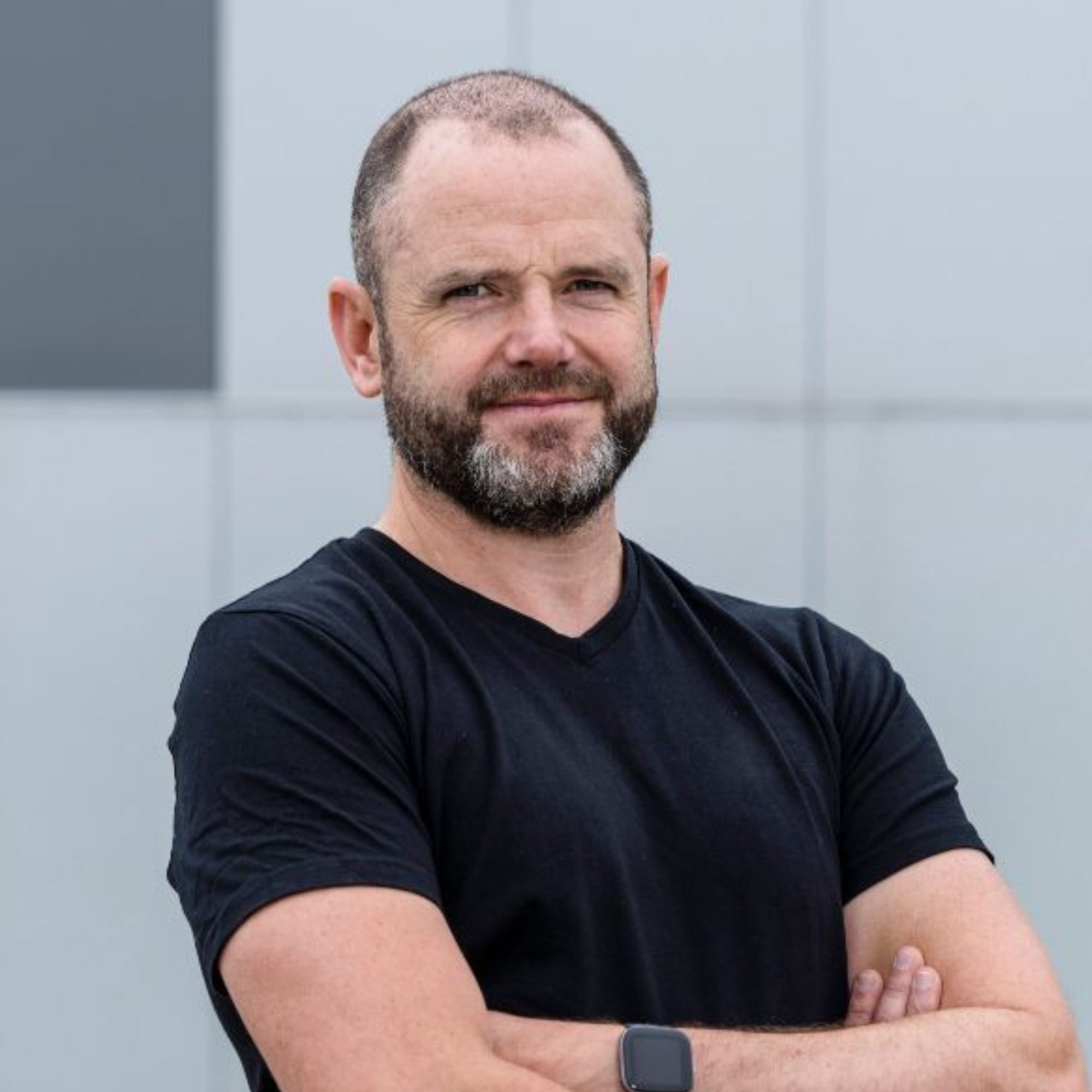We only take on 4 clients per month. Join our October cohort. 1 spot left.
Conversation
Highlights
Welcome to another episode of Category Visionaries — the show that explores GTM stories from tech’s most innovative B2B founders. In today’s episode, we’re speaking with Brian Lozes, founder and CEO of Kinemagic, an industrial immersive experience platform that has raised $3 million in funding. Kinemagic is at the forefront of merging virtual reality (VR) with industrial operations to create safer, more efficient, and cost-effective workflows for heavy industries such as utilities, chemical plants, and oil and gas facilities.
- Bridging Technology with Heavy Industry: Brian, with a background in engineering, has dedicated his career to integrating cutting-edge technology with the operational needs of heavy industries. His vision for Kinemagic is to use VR to enhance the performance of complex and potentially hazardous industrial environments.
- Early Adoption of VR in Engineering: Before founding Kinemagic, Brian played a pivotal role in incorporating VR into engineering practices, recognizing the potential for virtual walkthroughs of facilities under design to identify and rectify issues before construction, thereby saving costs and improving project outcomes.
- Inspiration from Netflix’s Culture: Brian admires Reed Hastings, founder of Netflix, particularly for pioneering a modern technology working culture characterized by radical candor and transparency. This admiration is reflected in Brian’s leadership style and the culture he aims to cultivate within Kinemagic.
- Influence of ‘No Rules Rules’: The book ‘No Rules Rules: Netflix and the Culture of Reinvention’ by Reed Hastings significantly impacts Brian, providing a playbook for integrating Netflix’s celebrated culture of freedom and responsibility into Kinemagic’s operations.
- VR as a Tool for Industrial Innovation: Kinemagic leverages VR not just for design visualization but also for maintenance, operation training, and remote site inspection, indicating the platform’s versatility across various stages of industrial project lifecycle.
- Expanding the Value Proposition: Kinemagic continues to evolve by incorporating reality capture technologies like drone footage and laser scanning into its platform. This innovation enables stakeholders to experience sites as they currently exist, further expanding the platform’s utility beyond design review to include maintenance planning and operational training.
Actionable
Takeaways
Embrace Cross-Disciplinary Innovation:
Brian's transition from engineering in heavy industries to leveraging VR technology underscores the value of applying cross-disciplinary innovation. For B2B tech founders, looking beyond the confines of your industry for technology solutions can uncover revolutionary ways to solve complex problems, enhancing efficiency and safety.
Utilize VR for Preemptive Problem-Solving:
Kinemagic's use of VR to conduct virtual walkthroughs of facilities before they exist highlights the importance of preemptive problem-solving. Founders can consider how virtual simulations or digital twins might be used in their fields to identify and mitigate potential issues before they escalate, saving time and resources.
Adopt a Culture of Radical Candor:
Inspired by Reed Hastings and Netflix's culture, embracing radical candor and transparency within your organization can drive alignment and commitment to the company’s mission. This approach fosters an environment where open feedback contributes to continuous improvement and innovation.
Leverage Existing Pain Points as Opportunities:
Brian identified a significant pain point in industrial operations—costly post-construction modifications—and turned it into an opportunity for Kinemagic. Identifying and directly addressing the inefficiencies or challenges within your target market can be a powerful basis for your company's value proposition.
Evolution Through Customer Feedback:
Kinemagic’s expansion of its service offerings to include reality capture technologies was driven by understanding and responding to customer needs. Founders should maintain close communication with their customers to evolve their products or services, ensuring they continually meet or exceed market demands.























